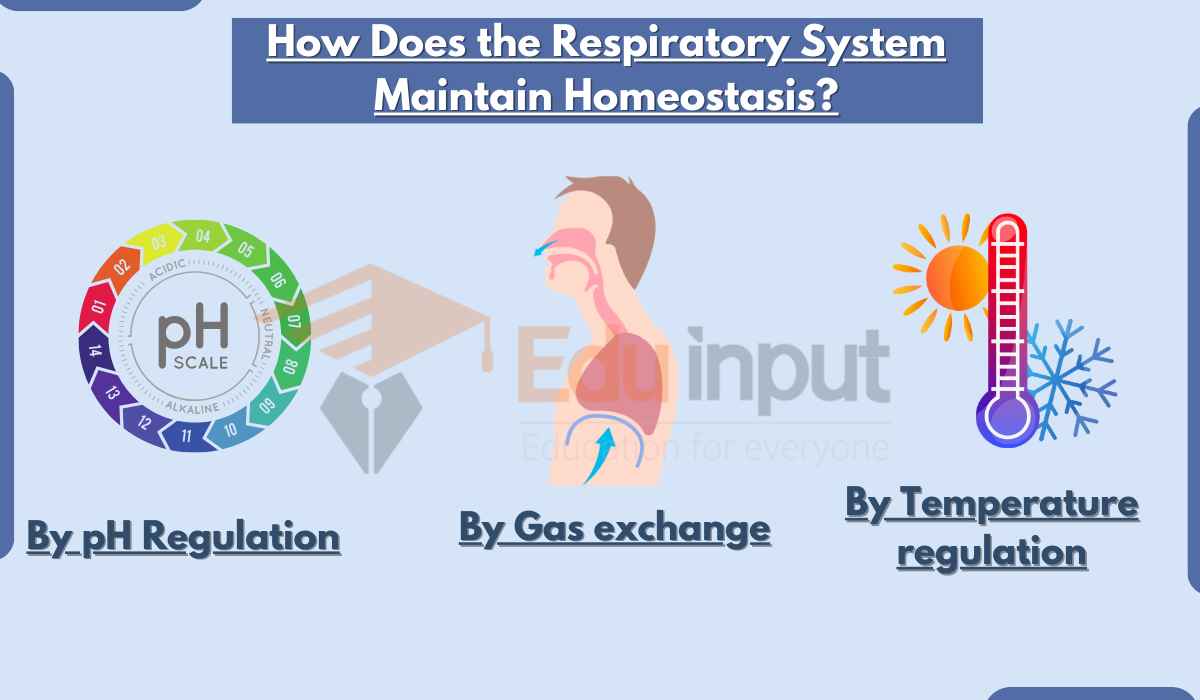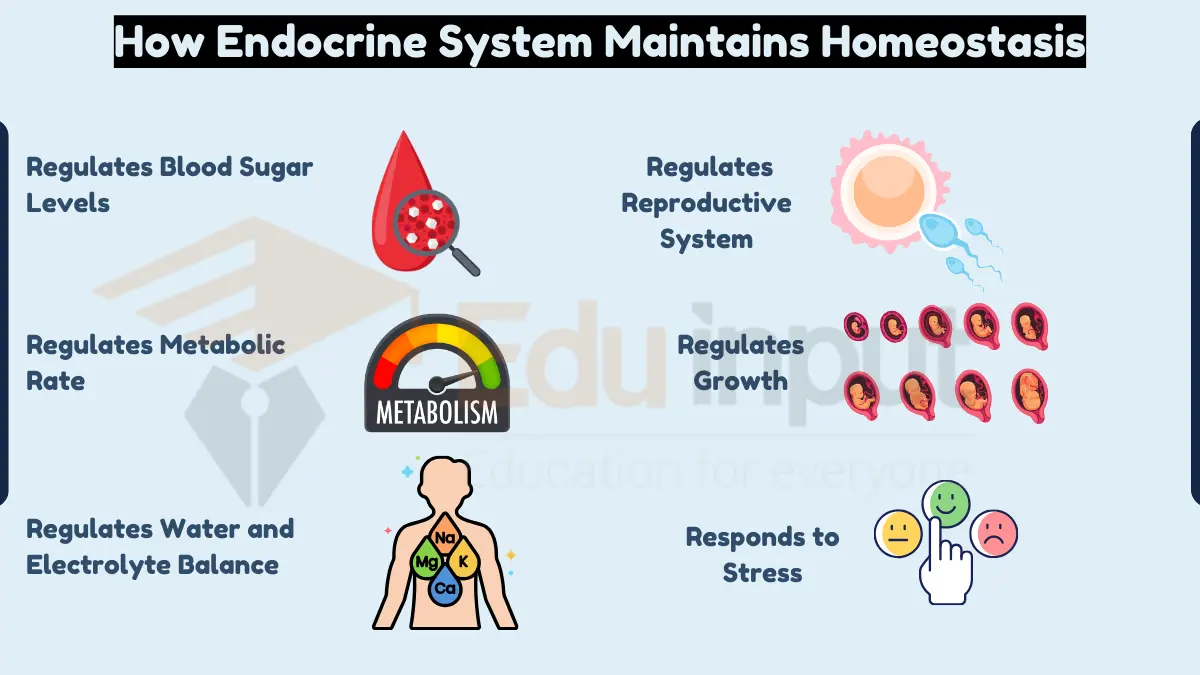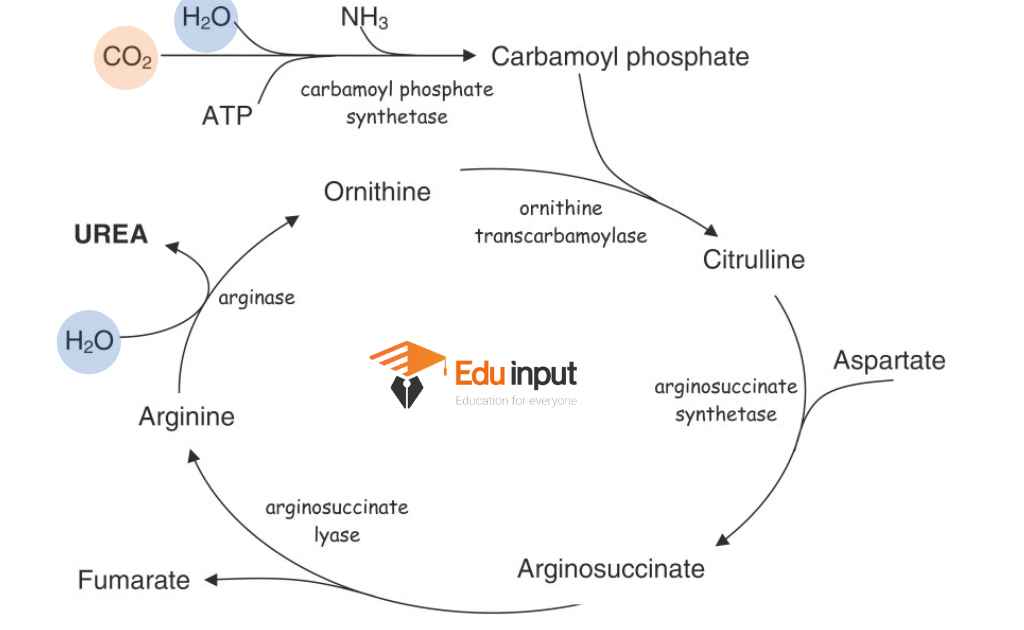Homeostasis Regulation-Living and Physical Control System |Feedback Mechanism in Homeostasis
Homeostasis is the ability of the body to maintain its internal environment and equilibrium despite external changes. It is also known as self-regulation or auto-regulation. This means that the body has mechanisms to regulate temperature, blood pressure, acidity, etc.
The word homeostasis comes from two Greek words: homo (meaning same) and stasis (standing). In other words, homeostasis is the state of being the same or stable.
Homeostasis is the ability to maintain balance between the inside and outside of the body. When the body is exposed to stressors such as heat, cold, infection, injury, etc., it responds by increasing or decreasing certain physiological functions.
Homeostasis is achieved by regulating the internal environment of the body, including temperature, blood pressure, heart rate, respiration, digestion, excretion, etc.
Let’s learn how is it controlled?
Homeostatic Control System
In order to keep the body stable, the control system uses feedback mechanisms to monitor the status of various variables. These variables are called homeostatic controls. The control system adjusts the level of these variables based on the results of the monitoring.
Nature of controlling system of Homeostasis
A control system is used for different homeostatic regulations. There may be a physical or living control system.
Physical Control System
There is a sensor in physical control system in refrigerators. This sensor is in the form of the thermometer. It monitors the change of temperature from the set point. It sends signals to control center. The control center takes necessary action. The drop or rise in temperature control the center switches off the heater or cooler units.
Living Control System
This living control system has a mechanisms like physical control system.
The system has three components:
A) Receptor
B) Control Center
C) Effector

Endothermic (warm-blooded) animals have a set point. The receptors detect the temperature change like sensors. These receptors send signals to the control center.
Feedback Mechanism in Homeostasis
The feedback mechanism is a system that monitors the status of a particular variable and provides information about how well the system is functioning. A negative feedback loop is a type of feedback mechanism where the output of a system is compared to some reference value. If the output exceeds the reference value, the system reduces the output until it reaches the reference value.
The cooling or warming system of the control center takes action. It is controlled by the feedback d mechanism. Feedback is a type of interaction in which a controlling mechanism is itself controlled by the products of reactions it is controlling.
Negative Feedback Loop
A negative feedback loop occurs when the output of a system decreases below a reference value. As the output continues to decrease, the system increases the input until the output returns to the reference value.
It includes detection of change, sending signals to the control center, and the response of effectors. The effectors show a response inverse to the change in the external environment.
It is called a negative feedback mechanism. For example, receptors sense warm temperature in the external temperature. The effectors show responses in the form of cooling of the body.
Frequently Asked Questions-FAQs
What are the two types of feedback mechanisms?
There are two main types of feedback mechanisms;
Positive feedback mechanism
Negative feedback mechanism
What is feedback mechanism?
The feedback mechanism is the mechanism in the body of living organisms to maintain the levels of secretions in the required amount.
What is the difference between positive and negative feedback mechanisms?
A positive feedback mechanism enhances the activity and makes the system unstable. Meanwhile, the Negative feedback mechanism maintains the activity and keeps the system at equilibrium.
What are the three components of homeostasis regulation?
Three components are involved in homeostasis regulation;
Receptor
Control System
Effectors

 written by
written by 





Leave a Reply